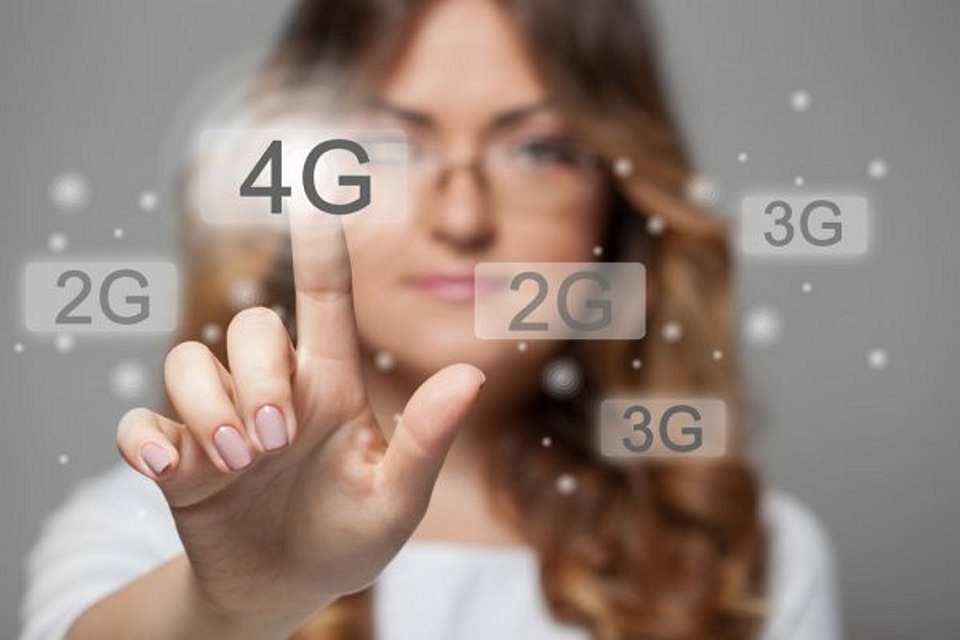EE will upgrade more than 75 4G sites in Wales by the end of 2021 as part of the Shared Rural Network (SRN) initiative to extend coverage in rural areas across the UK.
SRN is a programme between the UK’s four mobile network operators and the UK Government to extend 4G coverage to 95% of the UK’s geography by the middle of this decade. The upgrades announced today fall under the first phase of the Shared Rural Network, where EE will invest to significantly reduce ‘partial not-spots’ by 2024.
EE has already upgraded its 4G network in nine locations across Wales since the SRN deal was signed in March 2020 to bring improved connectivity to each UK nation. Further sites have already been upgraded in Wales in 2021, with 76 in total to be completed by the end of the year.
Locations to be upgraded in 2021 include:
- Beddgelert (Gwynedd), Snowdonia National Park
- Llanddew, Brecon (Powys), Brecon Beacons National Park
- Llithfaen (Gwynedd), Llŷn Peninsula
- Eglwyswrw (Pembrokeshire), Pembrokeshire Coast National Park
- Llanwrthwl, Llandrindod Wells (Powys) A470
Locations already upgraded since 2020 include:
- Llanddeusant (Carmarthenshire) – Black Mountains, Brecon Beacons National Park
- The Kymin (Monmouthsire), Wye Valley – A40
- Bwlch (Powys), Brecon Beacons National Park – A40,
- Llanddarog, Porthyrhyd (Carmarthenshire) – A48
- Pembroke (Pembrokeshire)
Across the UK, a total of 579 locations are to benefit from the extended EE 4G coverage by the end of 2021 – 333 in England, 132 in Scotland, 76 in Wales, and 38 in Northern Ireland. All sites have been made available for other operators to share under the SRN scheme.

Secretary of State for Wales Simon Hart said: “We are committed to boosting Wales’ digital infrastructure and the work between the network operators and the UK Government on the Shared Rural Network has seen major improvements in many rural areas, bringing significant benefits to individuals and businesses.
“It is great news that more than 60 upgrades are planned in Wales this year alone, including in our National Parks in Snowdonia, Brecon Beacons and Pembrokeshire Coast.”
Matt Warman, UK Government Minister for Digital Infrastructure, said: “I’m delighted to see the great strides EE is making to boost 4G services in countryside communities as part of the Shared Rural Network agreement, which was brokered and is part funded by the government.
“We’re investing half a billion pounds in this landmark deal to extend mobile coverage to 95 per cent of the UK and it will help us build back better from the pandemic.”
Philip Jansen, Chief Executive of BT Group, said: “Reliable connectivity is important wherever you live, work or travel, and we’re committed to improving and adding coverage to even the most remote areas. The investment BT has made in rural areas to date means we already have the infrastructure in place needed to extend our 4G coverage footprint further, minimising the number of new sites we need to build. There are many places where EE is the only provider with 4G coverage today, offering the other operators an opportunity to share our existing sites to plug gaps in their networks and improve mobile performance for everyone.”
EE has extended its 4G network to cover areas with high summer demand, including Wales’ three national parks*, coastal locations and roads. Across the UK’s 15 national parks, coverage has increased by more than 200KM², the equivalent of more than 40,000 football fields, and EE’s 4G network now covers 94% of roads in Great Britain.
Jim Jones CEO of North Wales Tourism said: “Many of our businesses working in the tourism and hospitality sector are based in rural and remote locations. Improved mobile connectivity will bring a range of benefits to our rural communities. It’s imperative that there is decent connectivity to keep in touch with customers and for things like electronic payments and updating their social media platforms. This is extremely good news for them.
“And when we’ll be able to safely welcome visitors back to our many attractions, improved mobile coverage in high demand locations like national parks and coastal spots will be a much-needed boost. We know that visitors, both domestic and international, really value having good connectivity when they’re on holiday, whether that’s for sharing brilliant pictures with friends and family, or for keeping up with emails and social media.”


